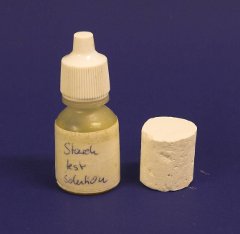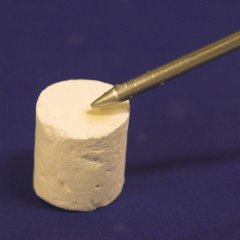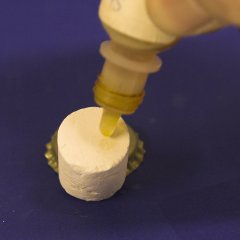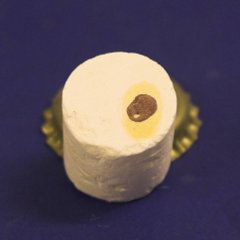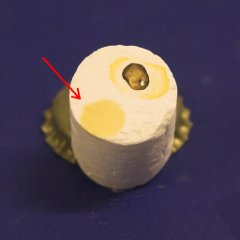Iodine Test
|
This article explains why an iodine test should be performed, how it works and how it is best done. ContentsPurposeThe color reaction between iodine and glucose chains (dextrins and starch) is used to detect their presence in wort. Aside from producing a wort of desired fermentability it is the goal of mashing to reduce the maximum length of dextrins in the sweet wort to less than 9 glucose molecules for unbranched and less than 60 for branches chains. At this point they don't show a reaction with iodine anymore and the wort or mash is said to be iodine negative [Narziss, 2005]. If that is not done they final beer may develop a so called "starch haze". Despite its name in most cases this haze is not caused by starch but by long dextrines which become less soluble in the presence of alcohol. Those dextrines give a red to purple color reaction with iodine [Narziss, 2005] How does it work?Perfoming an iodine testiodine test solutionReferences
|

